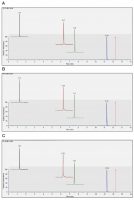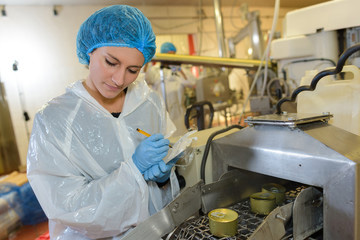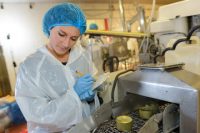The company that produces the very popular flavored sparkling water brand LaCroix is facing a class action lawsuit that alleges false claims of the product being “all natural.” The suit alleges that certain flavor chemicals used in the beverage are, in fact, artificial ingredients. These flavor chemicals include limonene, linalyl propionate (linalool propionate), linalool and ethyl butyrate (ethyl butanoate). While these flavor chemicals can be synthesized, they are naturally occurring chemical constituents and can therefore be derived from natural sources.
The safety of the beverages is not at issue; this is a labeling question. The suit states that linalool is “used in cockroach insecticide,” which is inflammatory and misleading. Chemical compounds, including those used as food ingredients, naturally have multiple applications and this does not have any bearing on the question of whether they are safe to use in foods.
Presumably, the labeling issue of whether these flavor chemicals were naturally or synthetically derived will be addressed as the suit progresses. This suit does, however, highlight some of the challenges we have in tracking food fraud information related to flavors.
Flavors are big business. Appealing flavors enabled LaCroix to make unsweetened sparkling water explode in popularity. If you have been on the Institute of Food Technologists Annual Meeting expo floor, you have seen the prominent displays and creative food samples offered up by the big flavor houses. It is a competitive business and very proprietary. The FDA labeling requirements for flavors allow them to be listed generally as “spice,” “natural flavor,” or “artificial flavor” (or a combination of those). This makes tracking and standardizing public records of food fraud related to flavors challenging.
Our data includes more than 60 of food fraud related to flavors represented as “natural.” Most of these records are linked to vanilla extract or various essential oils. However, we have also captured a handful of records that address misrepresentation of synthetic flavor chemicals as naturally-derived. This includes records for linalool and ethyl butyrate, among others such as vanillin and linalyl acetate. However, none of these records describe publicly reported incidents of fraud for naturally-derived flavor chemicals. The records are based on peer-reviewed publications aimed at method development for authentication of natural flavors.
Added value claims such as “natural” tend to increase food fraud risk because the costs of production can be so much higher. While an ingredient like vanilla extract is certainly one example of this, we do not tend to see the same level of evidence of food fraud potential for naturally-derived flavor chemicals in public records. When our users need to conduct a food fraud vulnerability assessment for a natural flavor that is a proprietary blend of flavor chemicals, we suggest that they incorporate information from the entire natural flavors group into their assessment. Given the proprietary nature of flavor blends and FDA labeling requirements, it is not feasible for us to track every individual flavor blend in our database.
Fortunately, given the importance of flavors to the food industry, flavor companies have a vested interest in preserving their client relationships and public reputation by ensuring flavors labeled as “natural” qualify for that label claim.
Resources
- The Decernis Food Fraud Database is a continuously updated collection of food fraud records curated specifically to support vulnerability assessments. Information is gathered from the scientific literature, regulatory reports, media publications, judicial records, and trade associations from around the world and is searchable by ingredient, adulterant, country, and hazard classification.
—Update— February 19, 2020: National Beverage Corp.announced dismissal of “all of the allegations contained in a prior lawsuit which challenged LaCroix’s natural ingredient labeling.” –END Update–

























